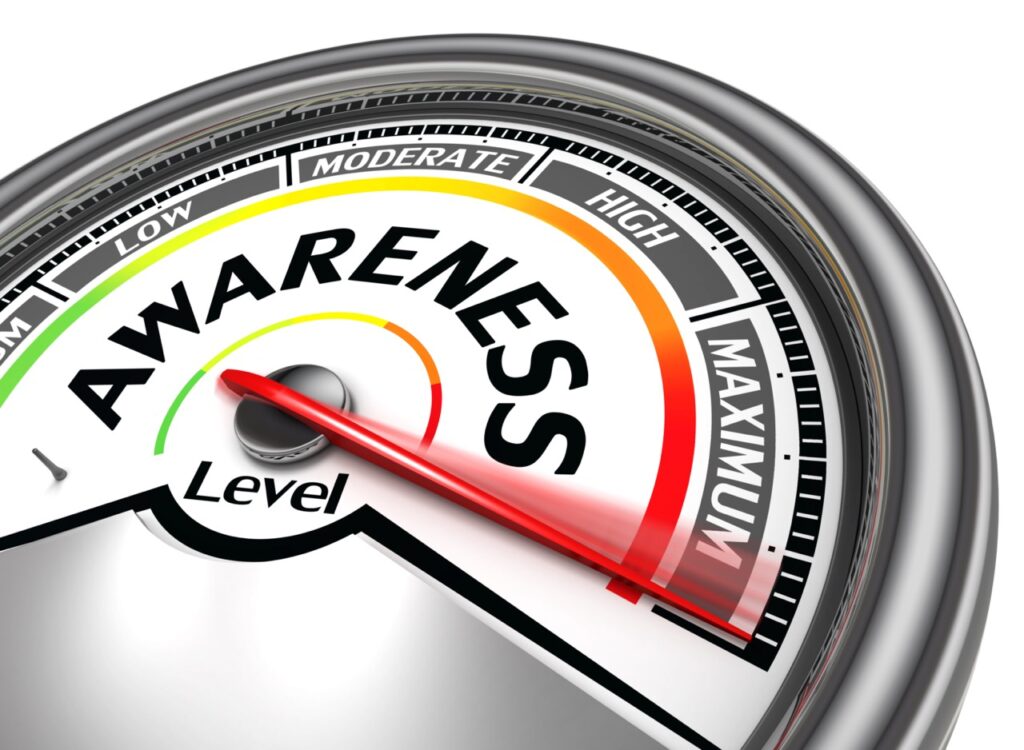Helping human trafficking victims often starts with medical professionals. They frequently and unexpectedly stand on the front lines of this battle to help stop human trafficking. They are often the victims’ only point of contact with the outside world. This blog provides tips from the nonprofit organization The Medusa Project to help healthcare workers recognize and help trafficking victims.

Understanding potential signs is crucial in identifying and helping human trafficking victims. The presence of one or more of these signs doesn’t confirm a person is being trafficked. These indicators should still be treated as red flags. Healthcare workers should contact specialized trafficking response units or personnel to investigate further.
Signs and Characteristics For Identifying And Helping Trafficking Victims

Physical Ailments
Sexual Health Issues
- Sexually transmitted diseases, repeated pregnancies or abortions, vaginal/anal trauma, or fistulas.
- Malnutrition – Noticeably underweight, signs of vitamin deficiencies, dental issues due to poor diet, or dehydration.
- Physical Abuse – Bruises, scars, burns (especially cigarette burns), broken bones, or injuries in various stages of healing.
- Substance Abuse Issues – Drug paraphernalia, withdrawal symptoms, or substance-induced state.
- Neglected Health Conditions – Worsened chronic diseases like diabetes and asthma, infestations such as lice or scabies, or untreated injuries.

Behavioral Traits
- Fearful Behavior – Constant nervousness, paranoid behavior, or reluctance to discuss injuries.
- Submission – Shows signs of submissiveness or appears to be coached while talking to police or healthcare workers.
- Avoidance – Avoids eye contact and social interaction and seems secretive.
- Depression – Showcases chronic sadness, withdrawal, or avoids socializing.
- Mismatched Stories – Provides inconsistent information about their work, age, or life.
- Financial Abnormalities – Lack of control over personal finances or identification documents.

Appearance
Markings
- Inadequate Dress – Clothing that is inappropriate for the weather or situation or is old and worn.
- Bad Hygiene – Dirty, unkept appearance, or seems to have not bathed recently.
- Age-Inappropriate Dress – Young person dressing in a way that is sexual or mature for their apparent age.
- Lacking Personal Possessions – Has very limited personal belongings.
- Signs Of Physical Confinement – Ankles or wrists show signs of having been bound or restrained.
It’s crucial for healthcare workers to receive updated training about human trafficking. This can significantly enhance their ability to effectively identify and assist victims.
Observational Indicators
There are also signs that medical professionals must recognize when the trafficker might be with the victim or nearby. Recognizing these signs may help with appropriate and timely interventions.
Dominating Companion
- The companion speaks on behalf of the person.
- The companion insists on staying with the person and monitoring interactions.
- The companion seems overly controlling or coercive.
Fearful Interaction
- The potential victim avoids eye contact with the companion.
- Noticeable tension, apprehension, or fear is apparent when the companion is present.
Inconsistency in Information
- Stories between the victim and companion are inconsistent or contradictory.
- The victim may look to the companion for approval before speaking or responding.
No Personal Possessions or Documentation
- The companion holds all documentation, such as passport, ID, and personal items.
- The victim lacks access to their own money or belongings.
Age and Relationship Mismatch
- The age difference between the companion and the potential victim seems significant or inappropriate.
- The nature of their relationship is unclear or seems deceptive.
Defensiveness
- When asked about the potential victim’s well-being, the companion becomes defensive, argumentative, or evasive.
Behavioral Signs
Excessive Concern About Privacy
- Overconcern or paranoia about sharing basic information.
- Avoidance of official personnel or authorities.
Dismissive Attitude
- The companion dismisses the victim’s health concerns or underplays their significance.
- Shows disregard for the victim’s physical or emotional well-being.
Secrecy and Evasiveness
- Unwillingness to share address, contact information, or other important details.
- Reluctance to leave the potential victim alone with professionals.
Control Tactics
Language Barrier
- The companion uses language barriers to inhibit direct communication with the victim.
- Insists on translating, even when professional interpreters are available.
Control Of Socialization
- The companion controls where the victim goes and who they interact with.
- The victim may be isolated from friends, family, or social interactions.
Signs Of Retribution Fear
- The victim may display visible anxiety about potential punishment of interacting with others.
- May quickly agree with the companion to avoid conflicts.
Other Red Flags
- The companion brings the victim to the emergency room or other healthcare facilities late at night or at odd hours.
- Multiple people are being controlled or monitored by one person.
- Signs of living in poor conditions or in locations with numerous people.
- Frequently moving to new locations.
Crucial Steps For Helping Human Trafficking Victims
For healthcare workers, interacting with potential victims and traffickers, ensuring the safety and well-being of themselves and the victim should be a priority. Separating victims from the companion is vital and should be done tactfully with safety in mind. If trafficking is suspected, they should quickly and tactfully alert trained trafficking specialists in their city. Their contact information should be handy to simplify the process and save time.

